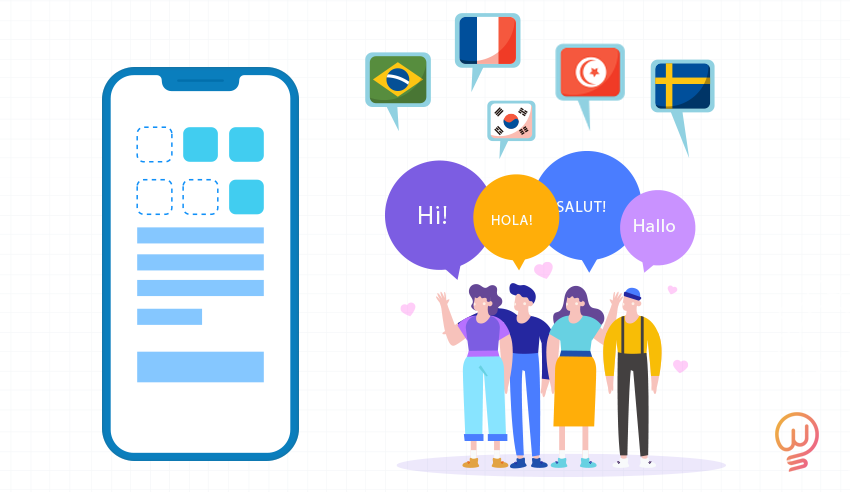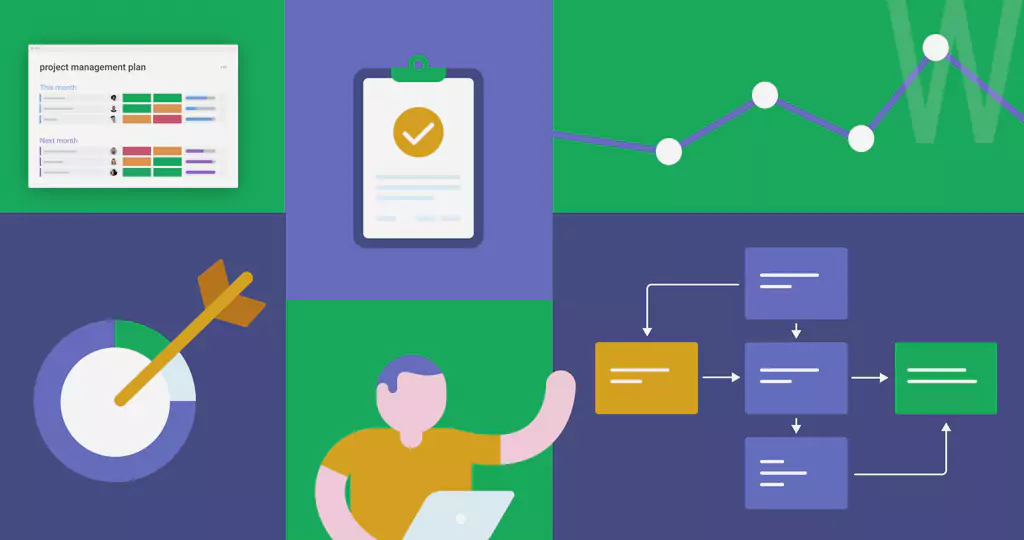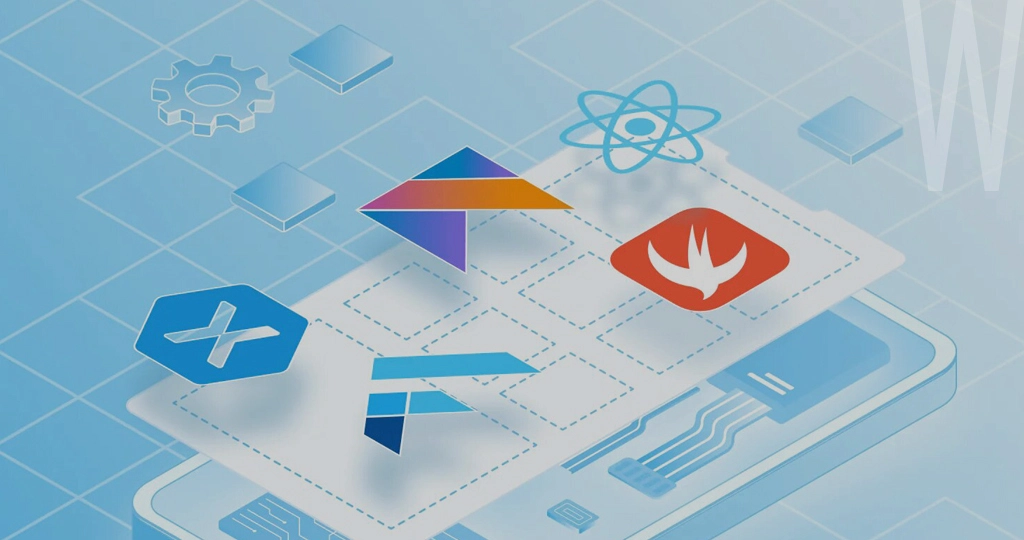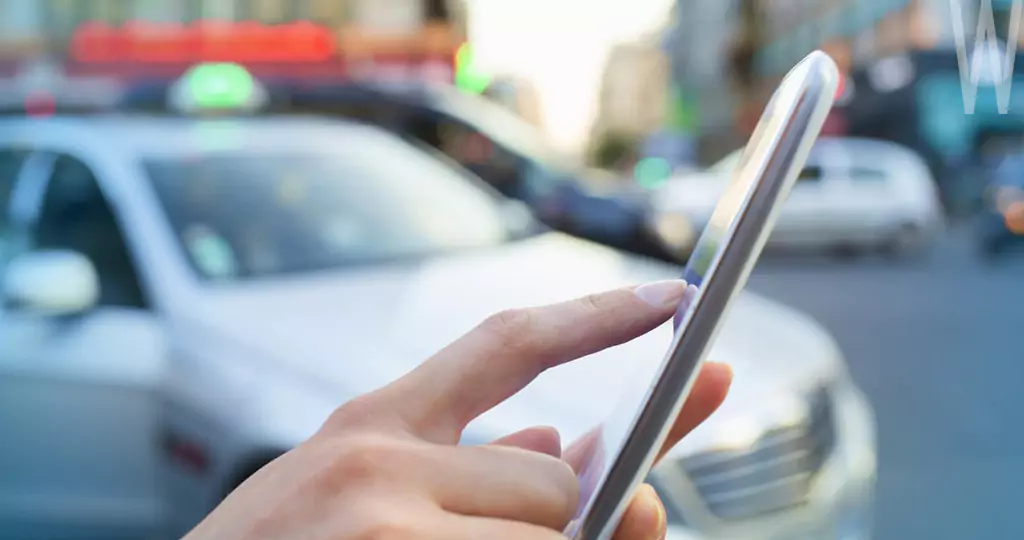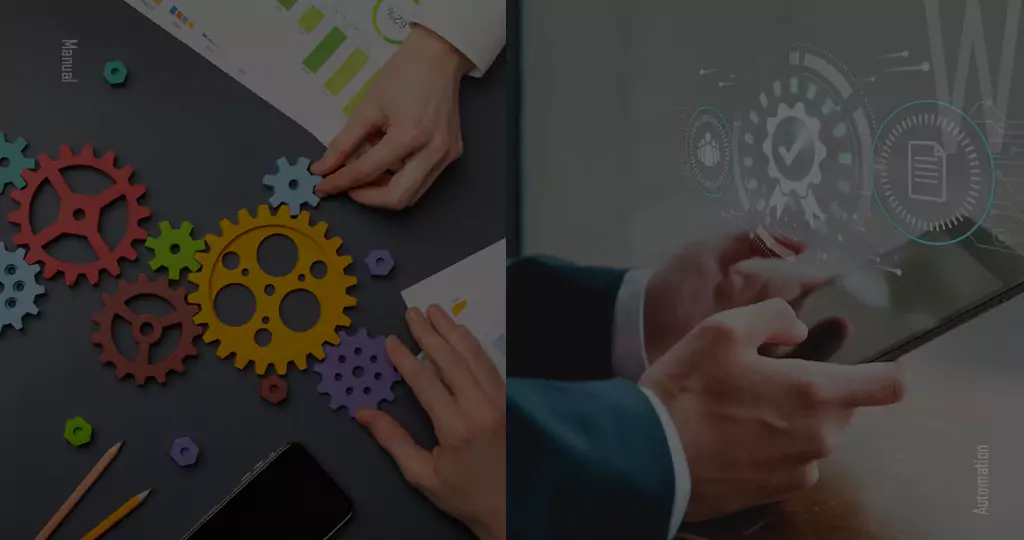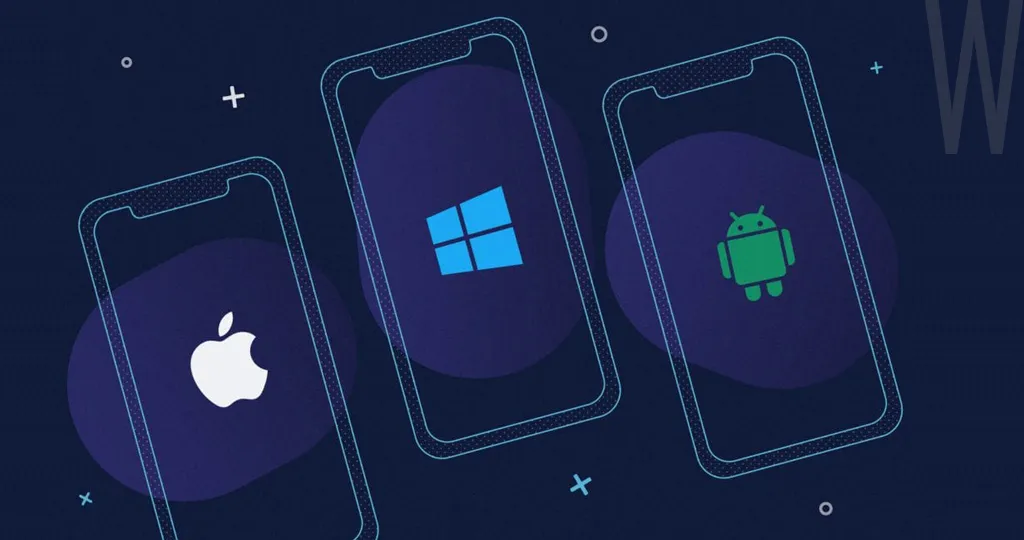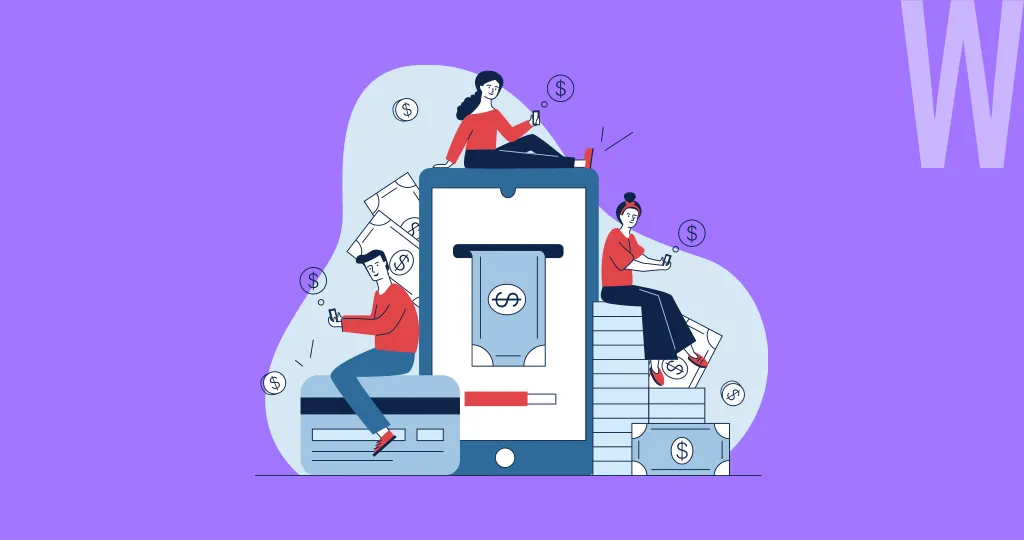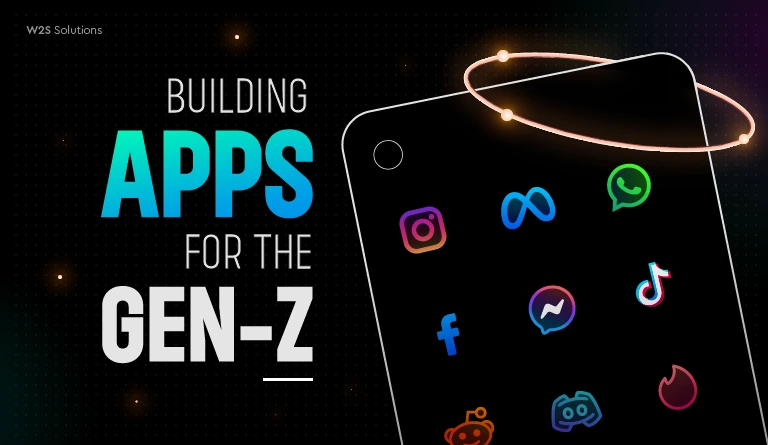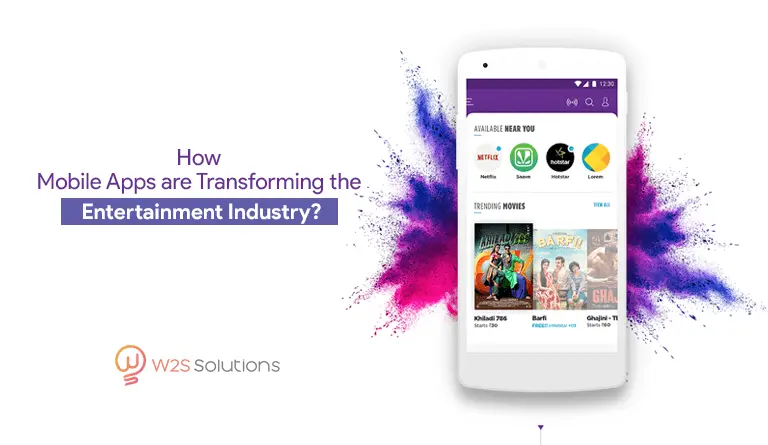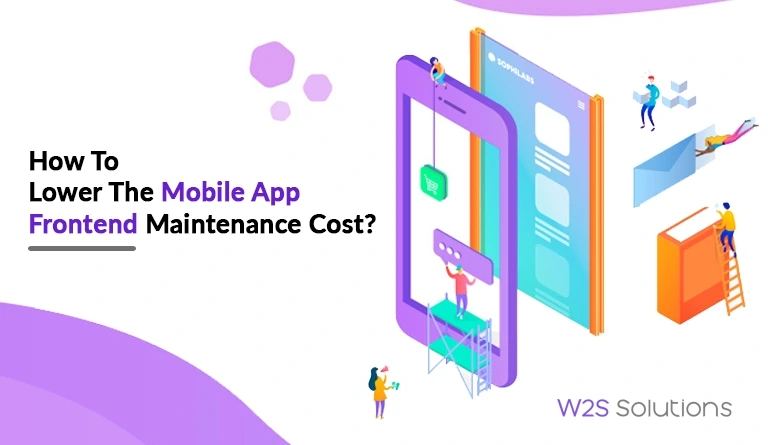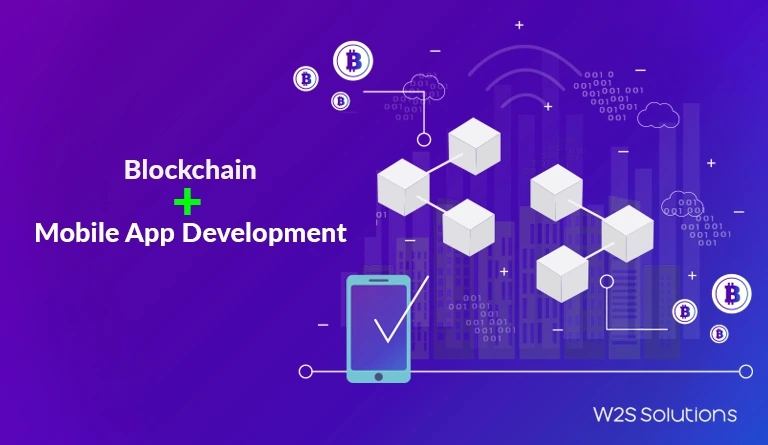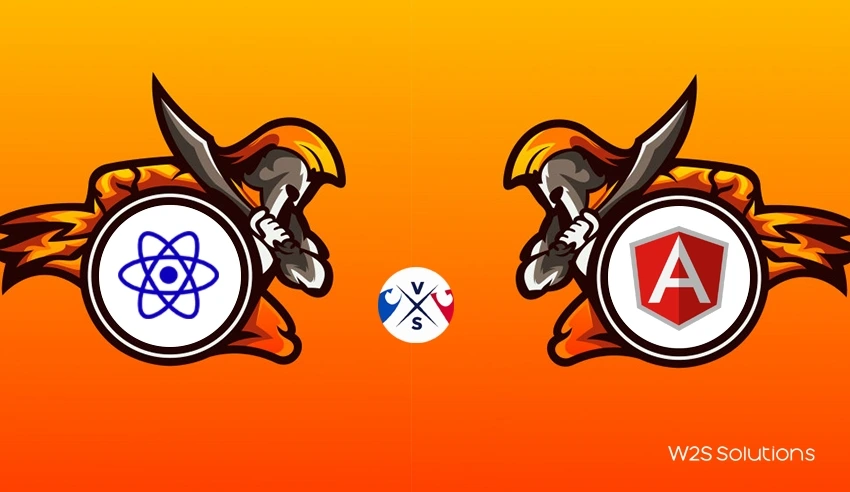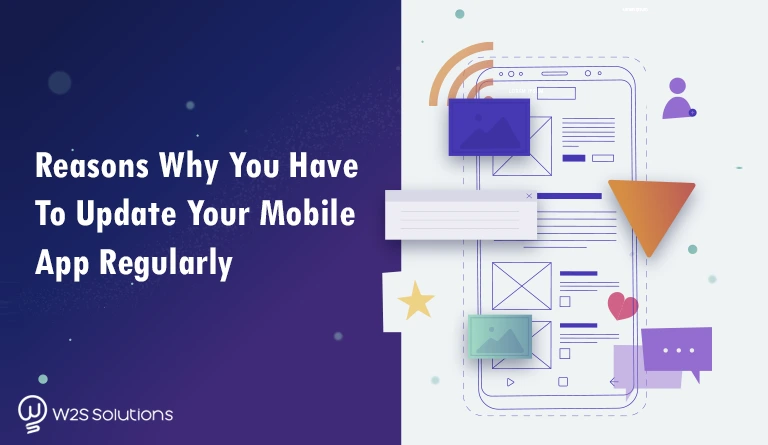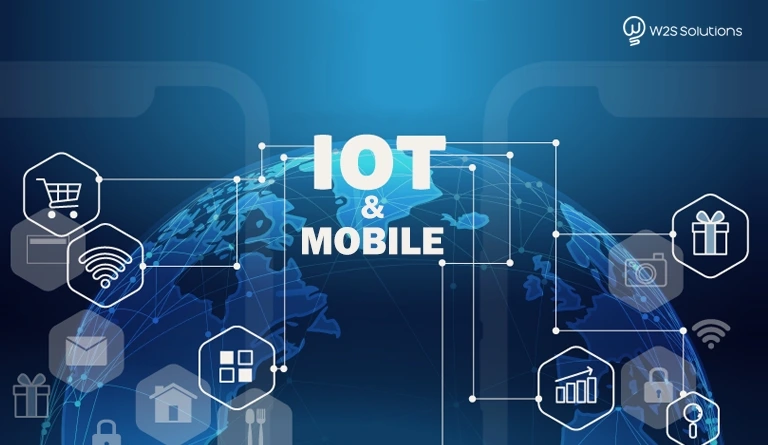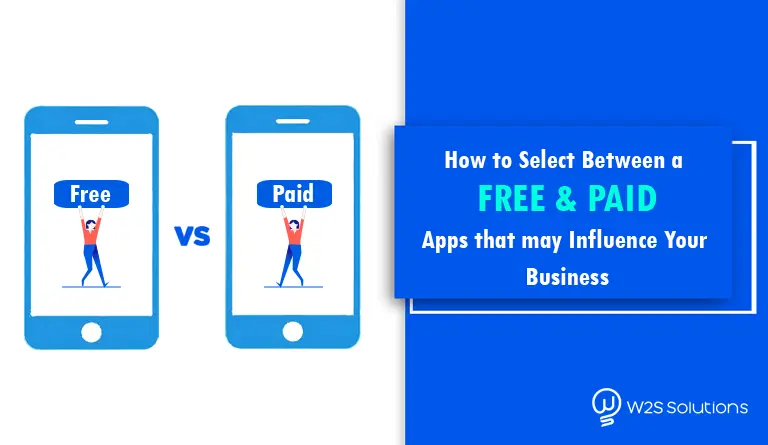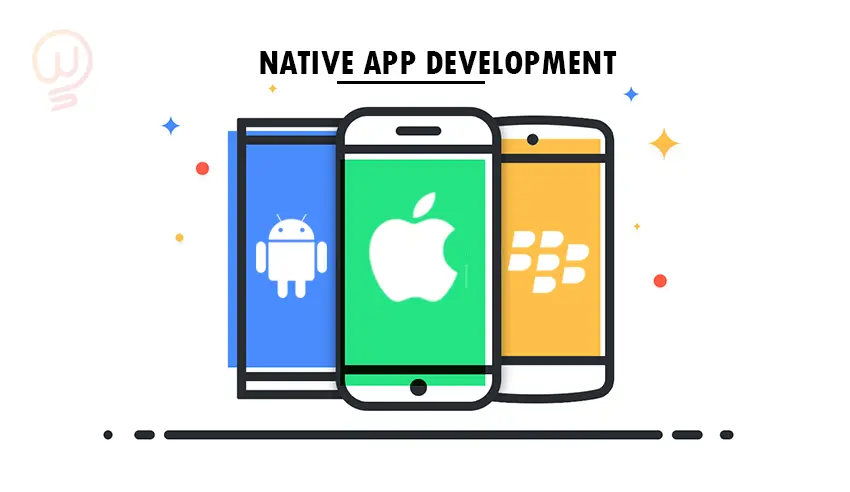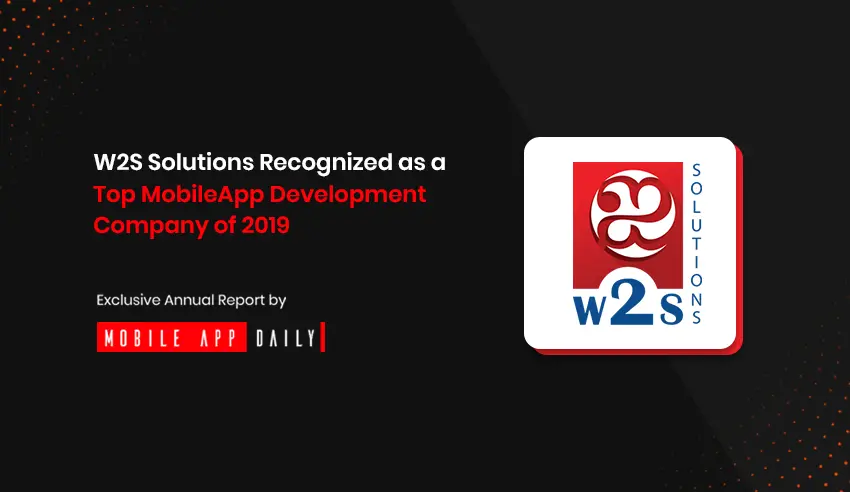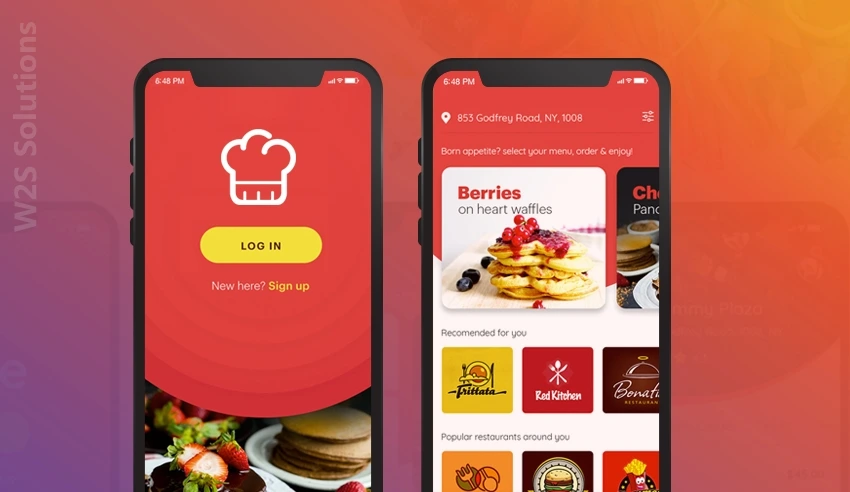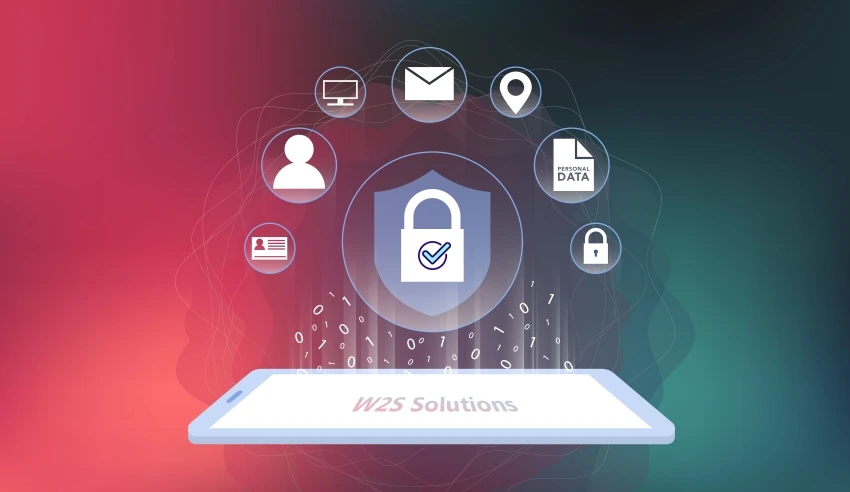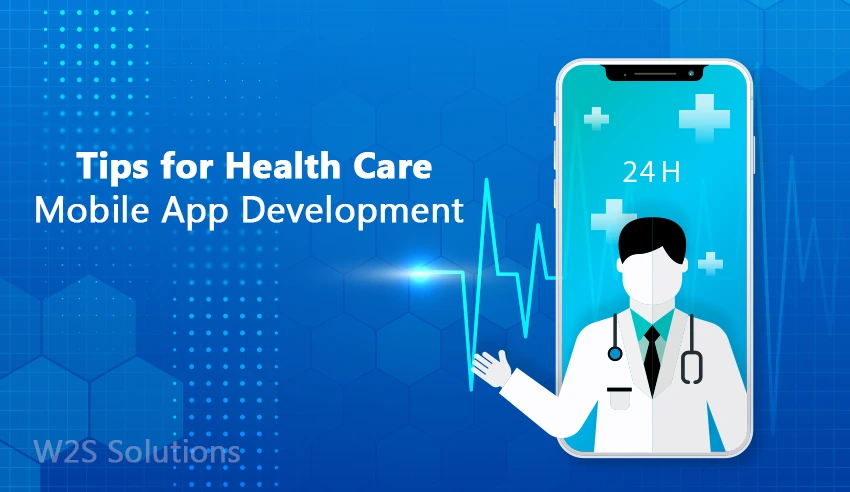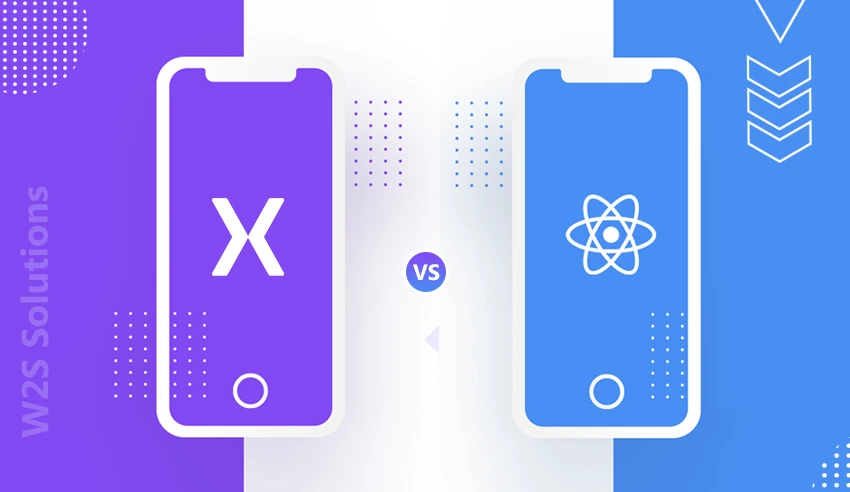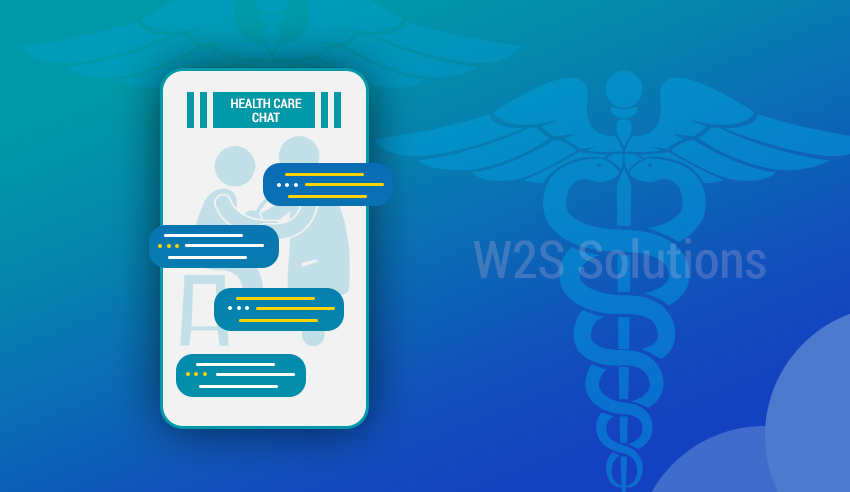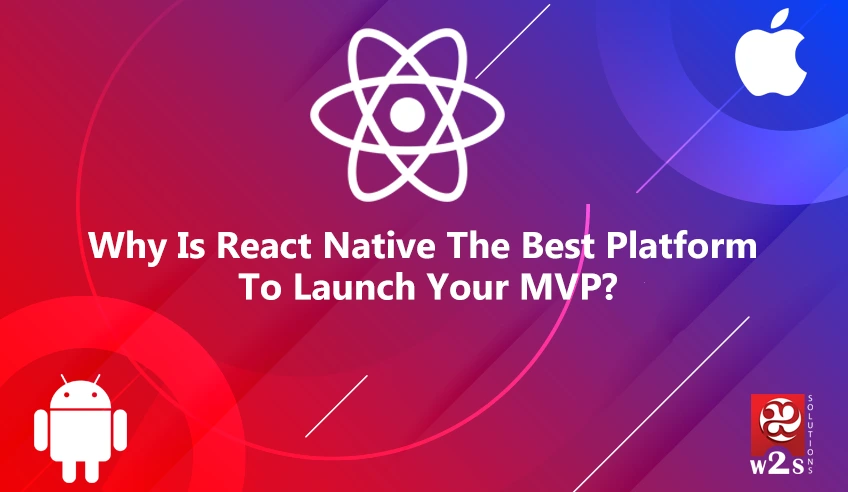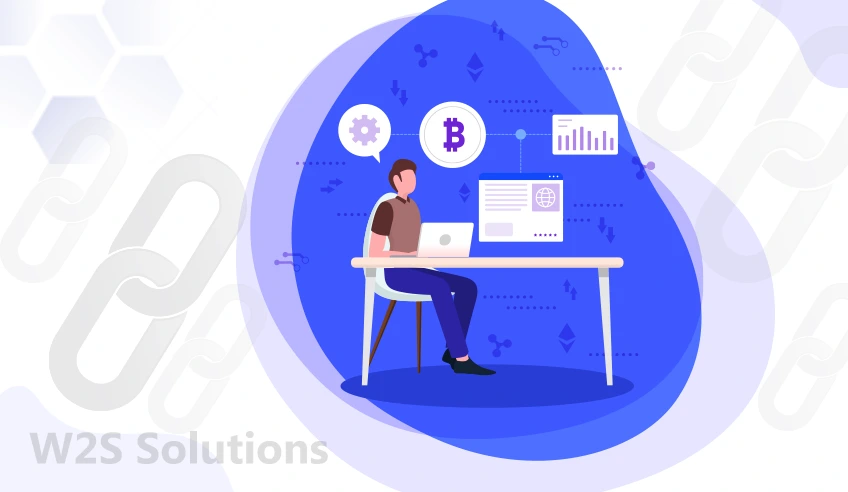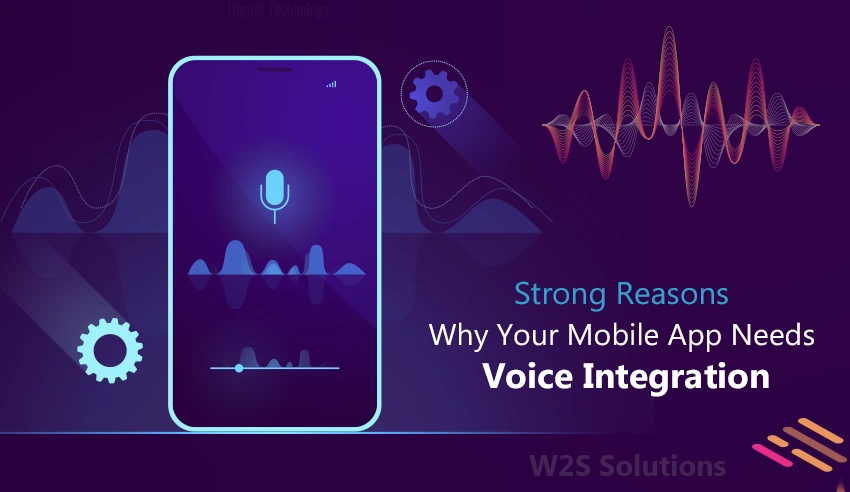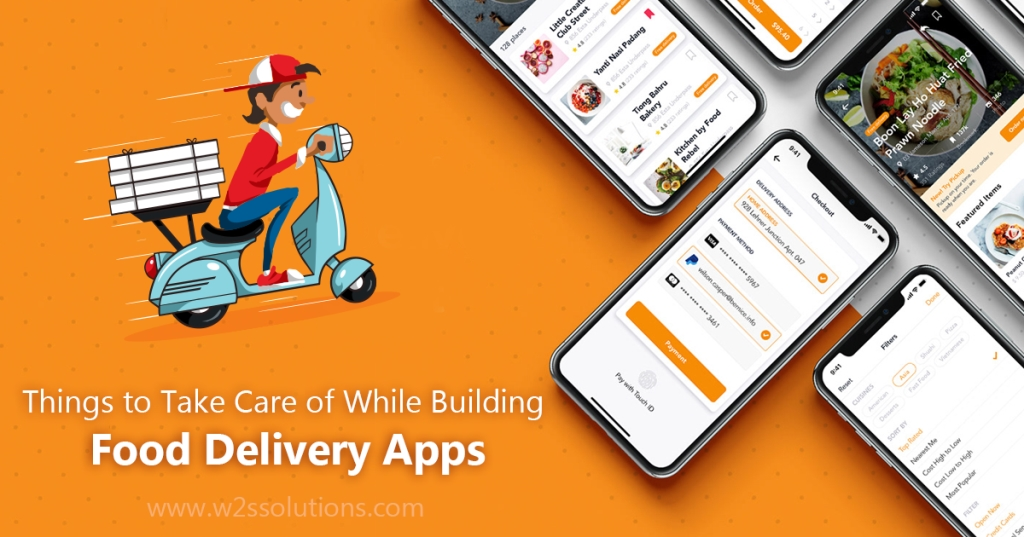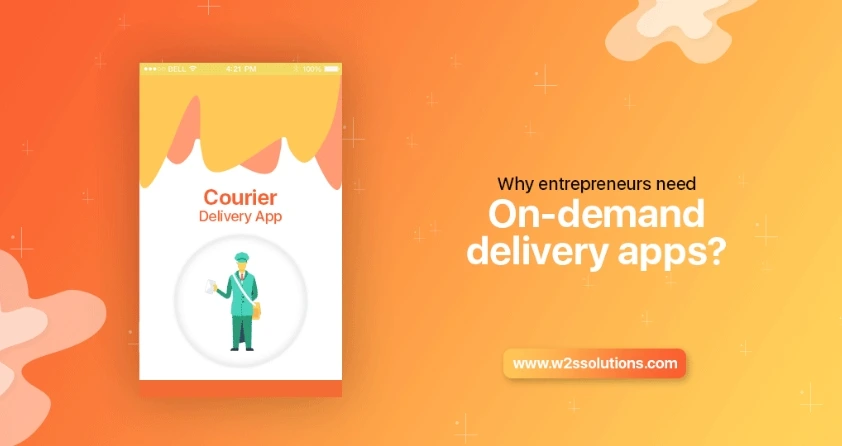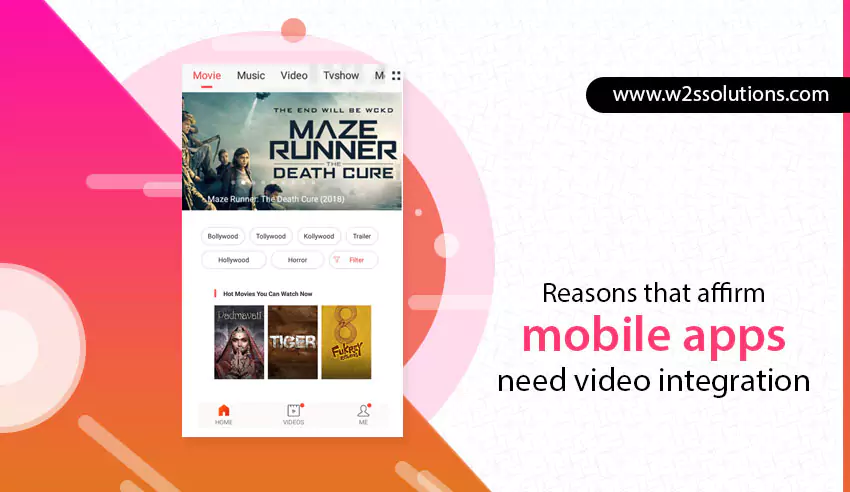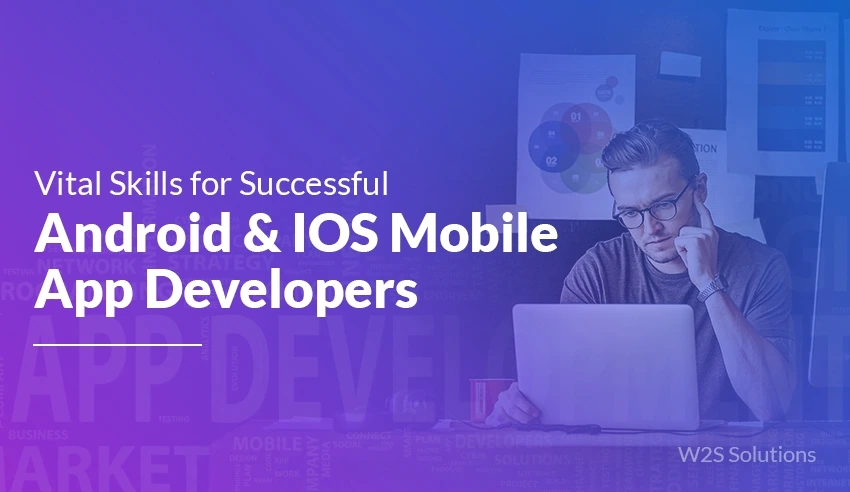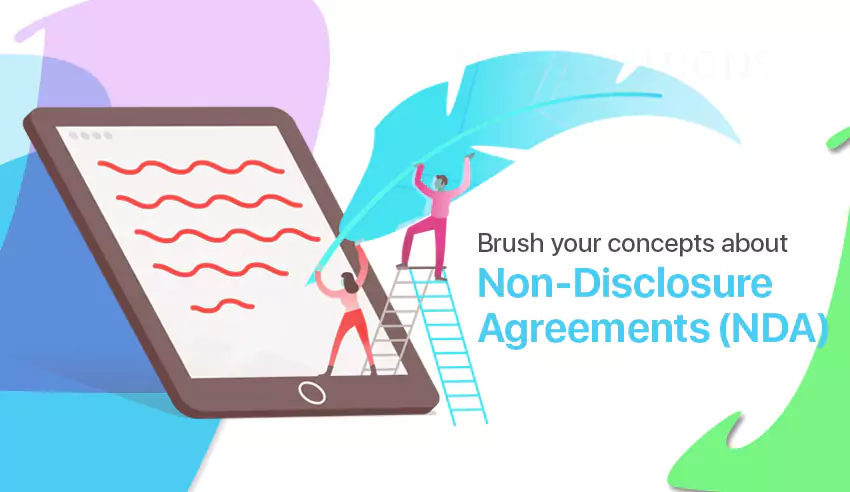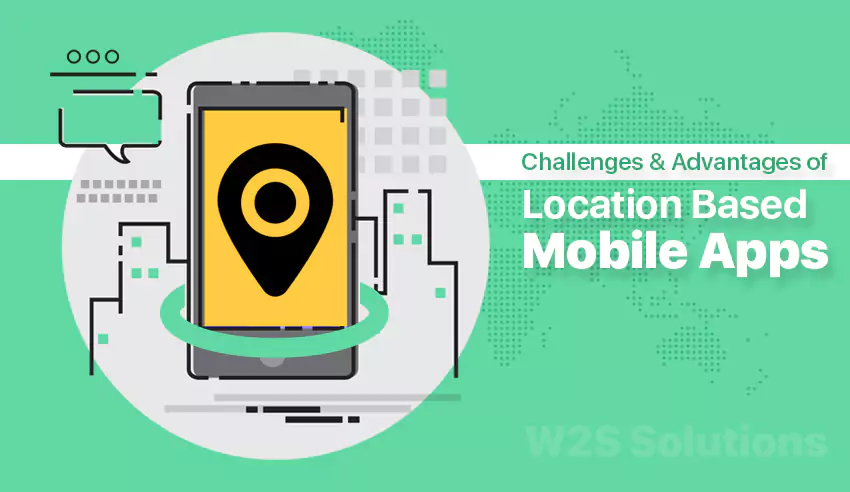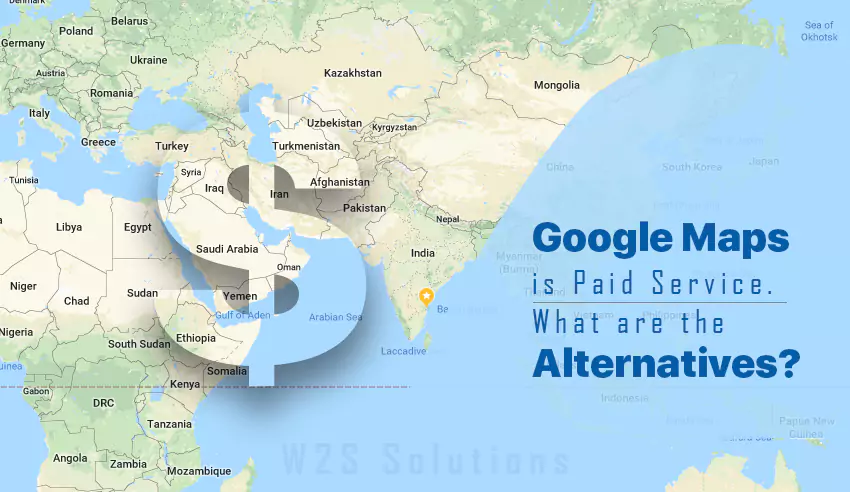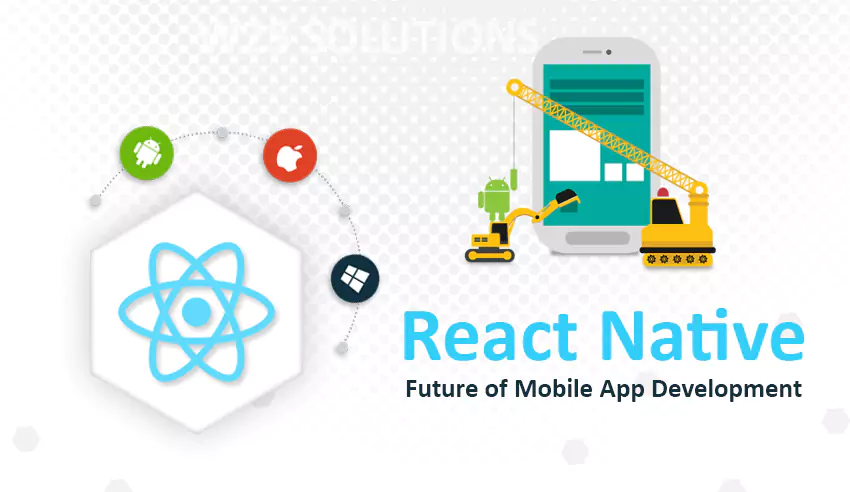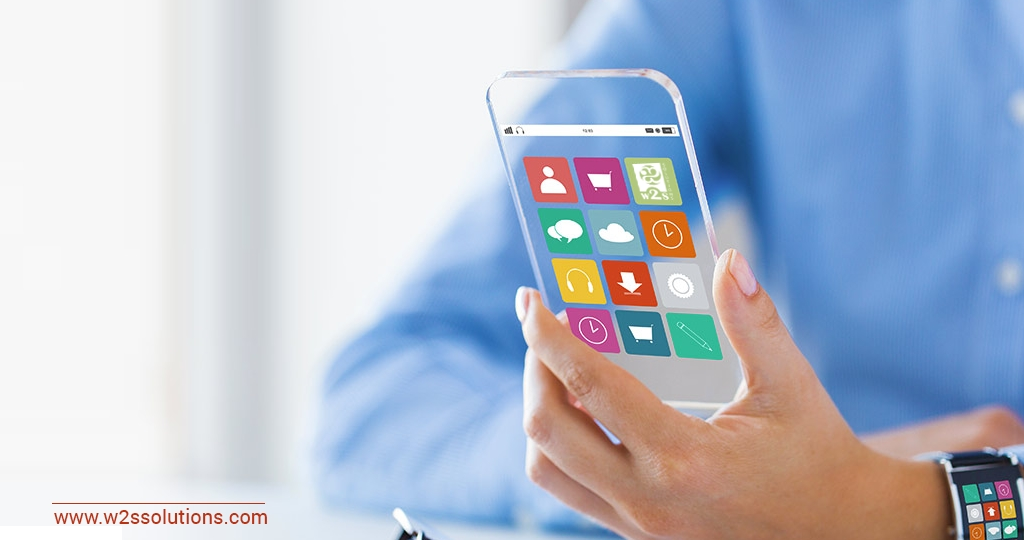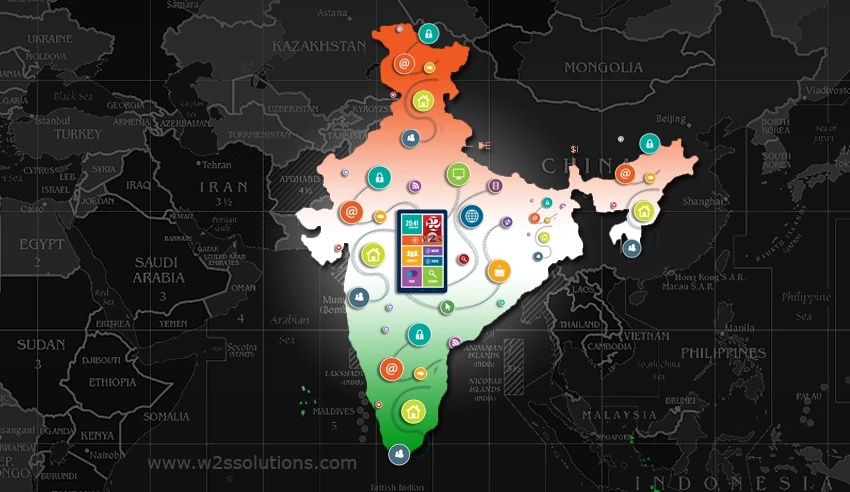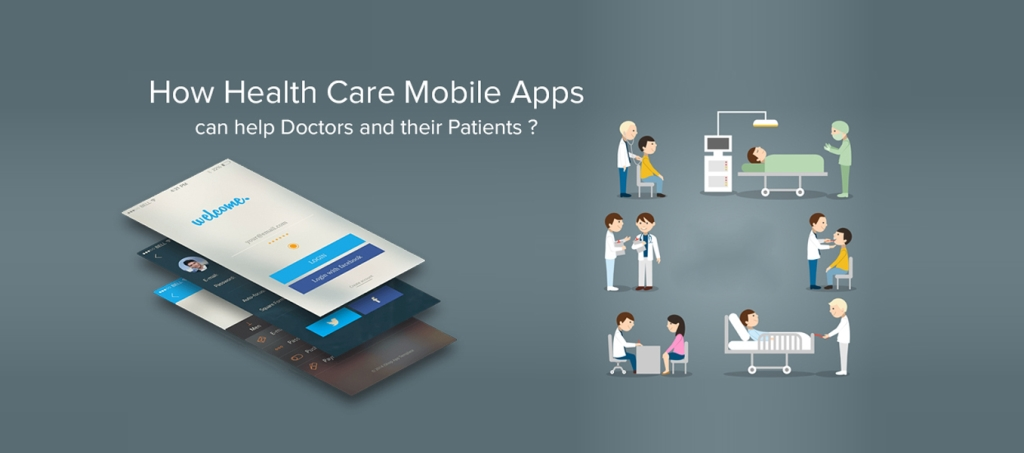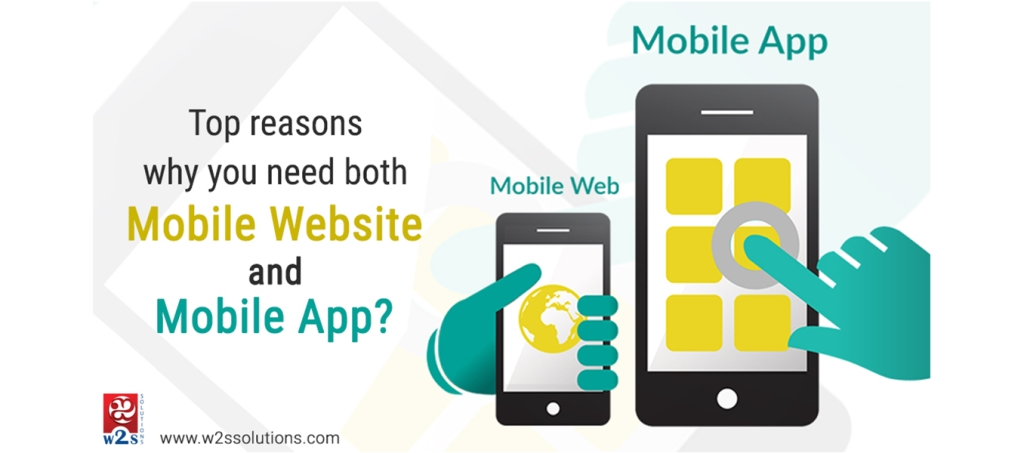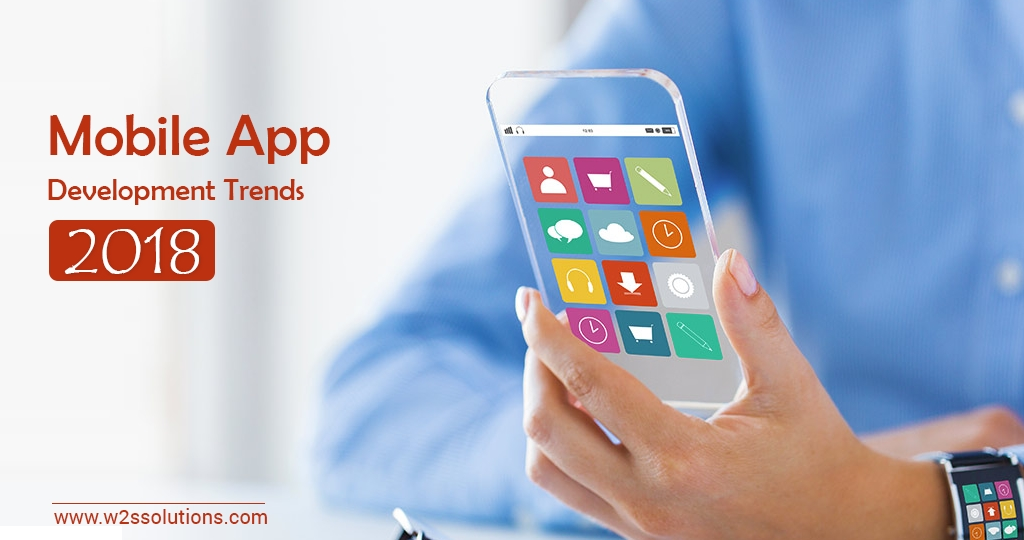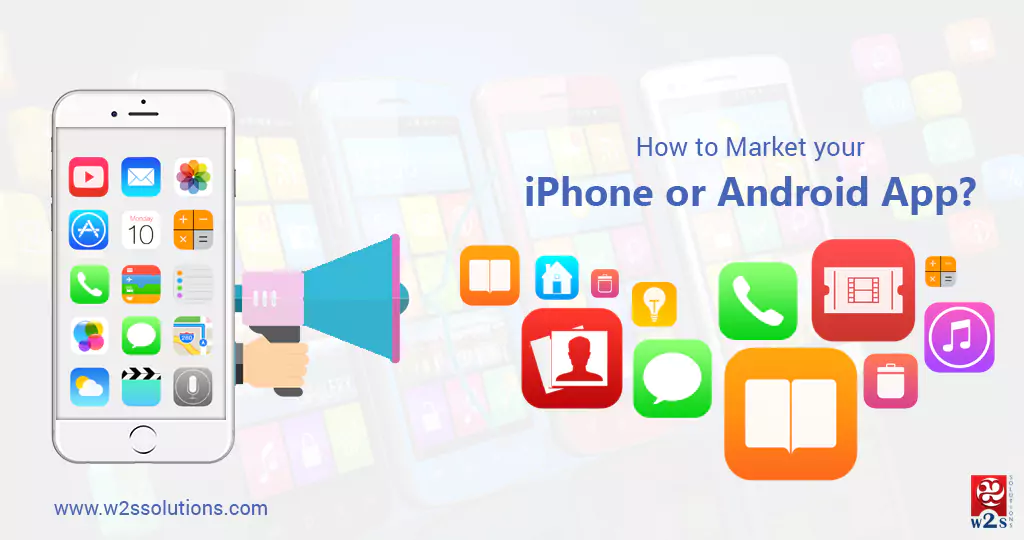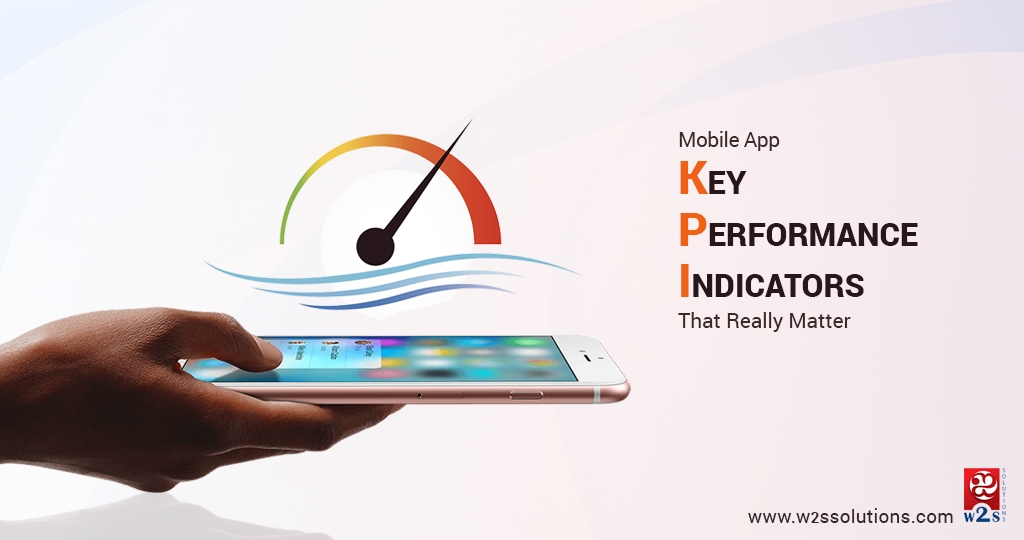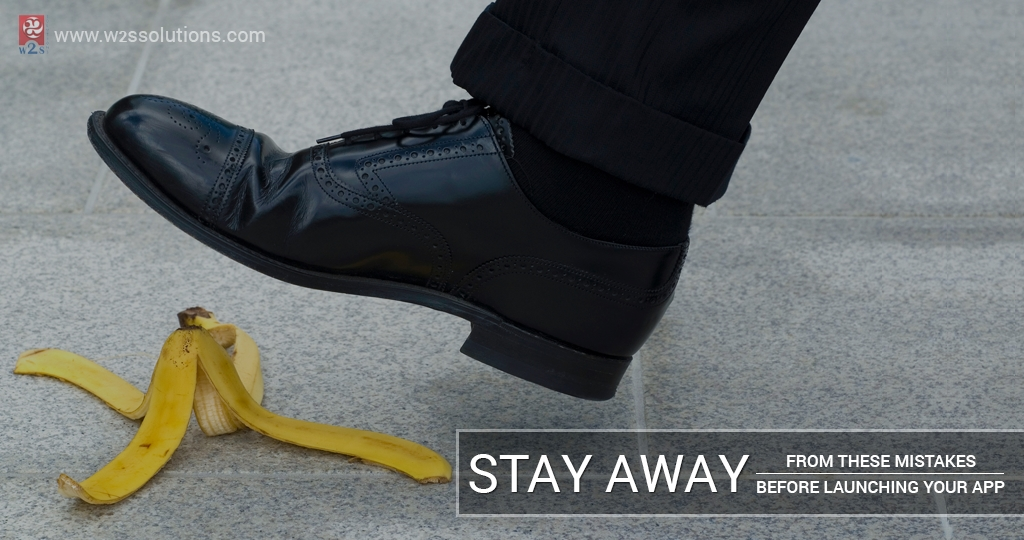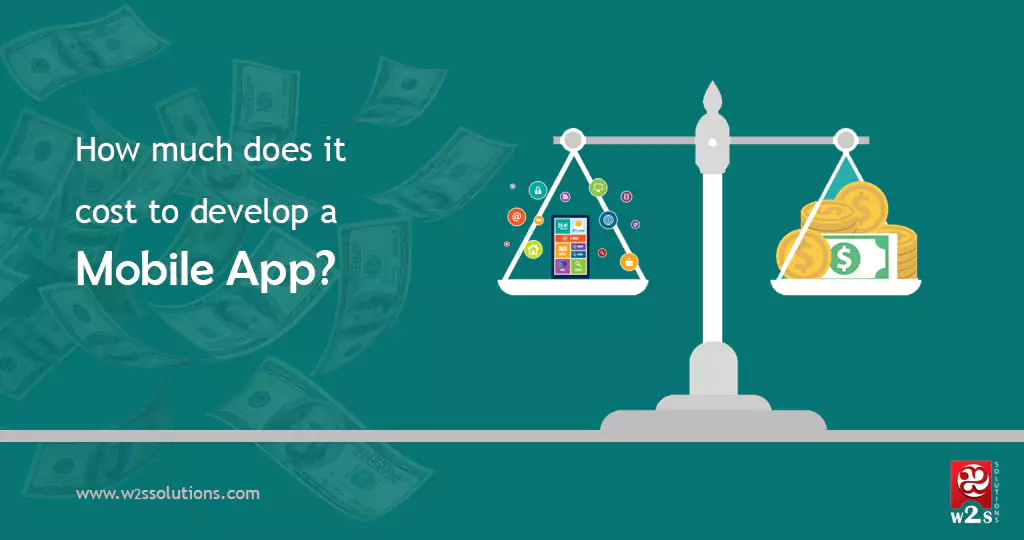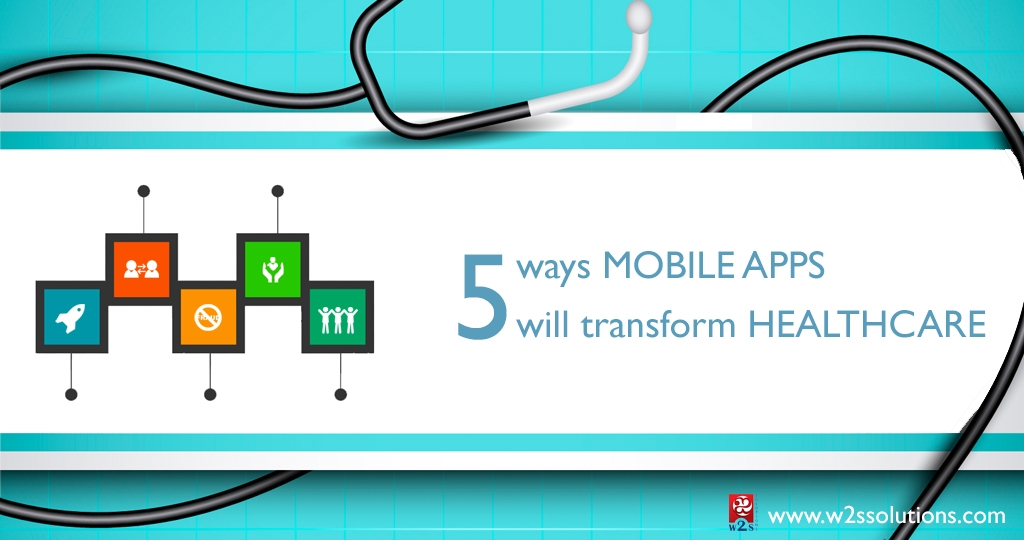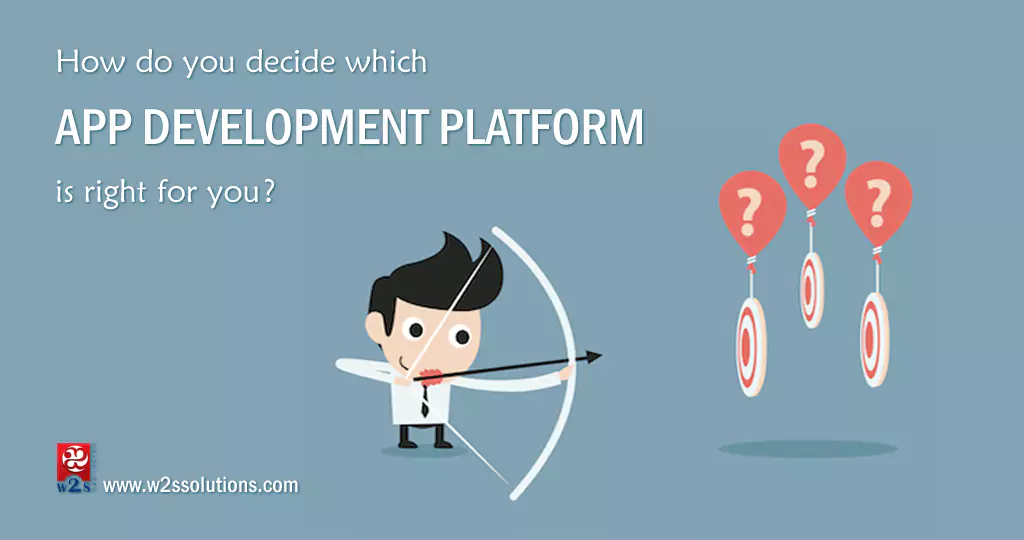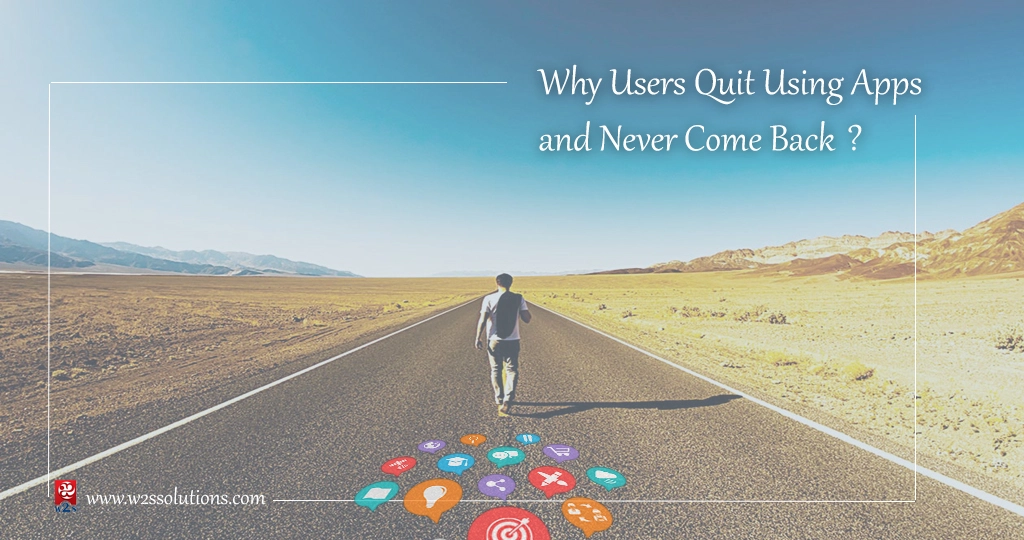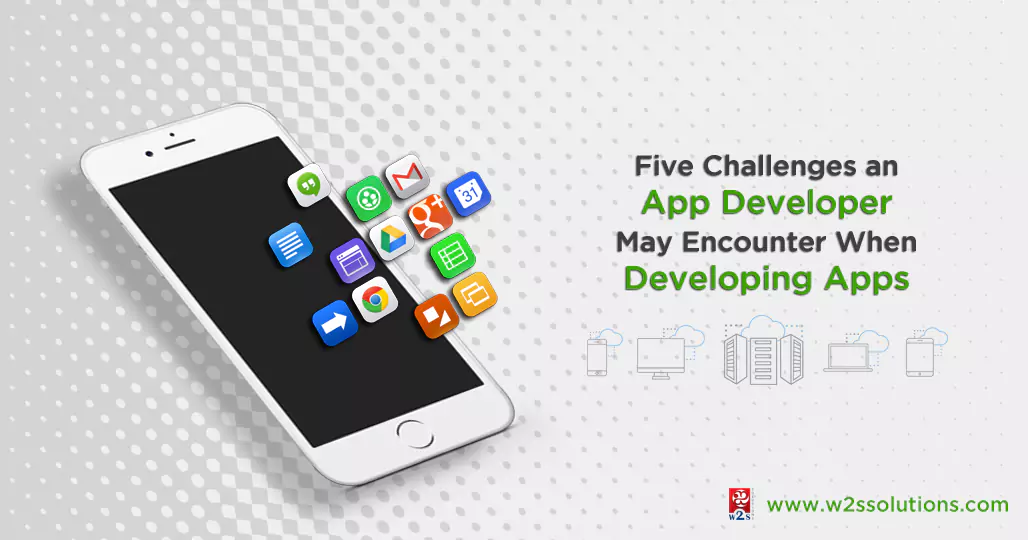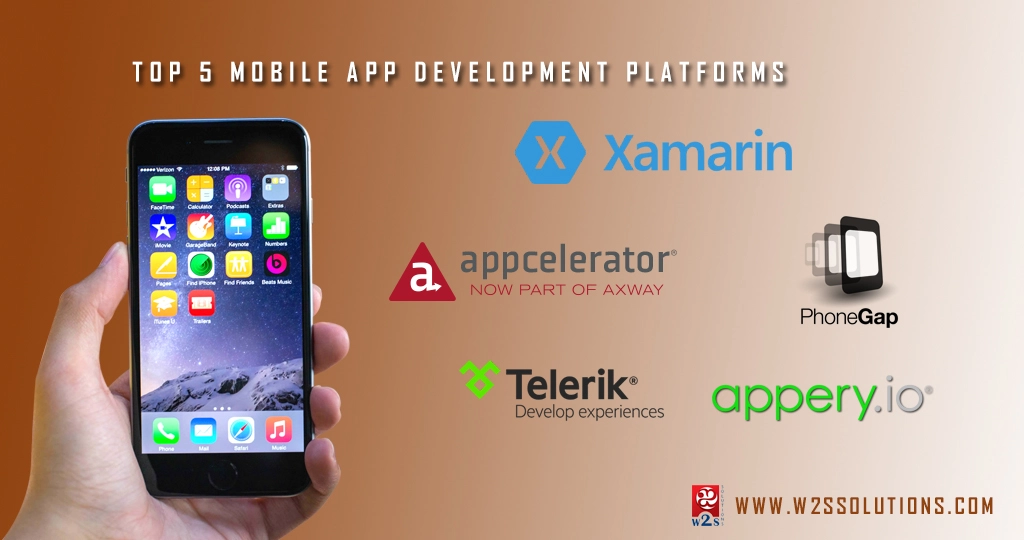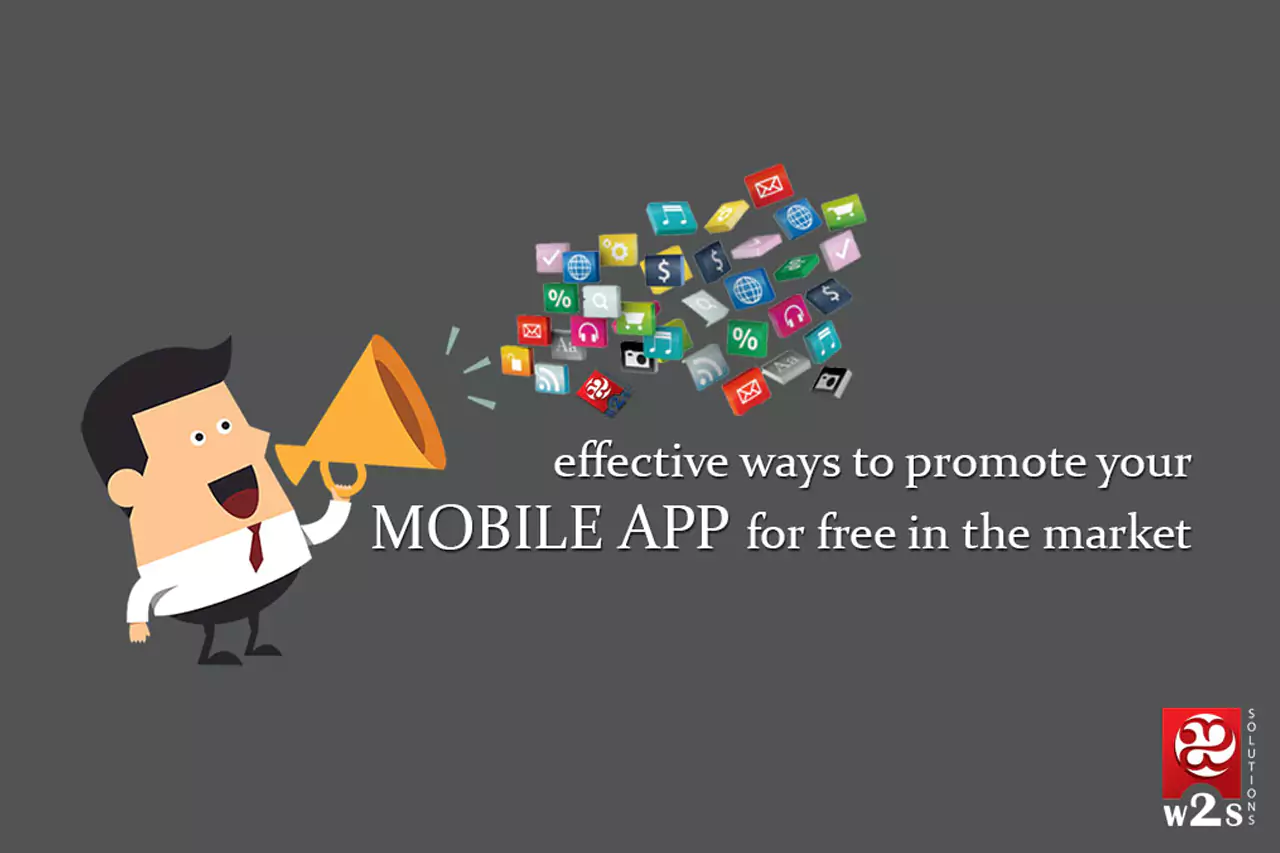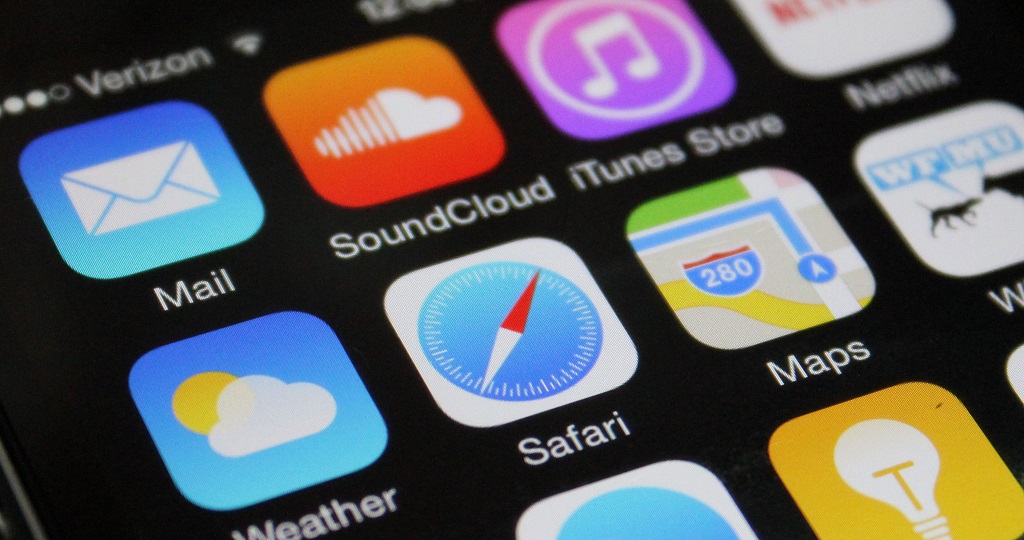Launching a mobile app can be exciting. Regardless of what features and functions you have available, you probably want your mobile application to be downloaded by as many users as possible. Building an audience becomes, thus, a primary objective here.
To increase your exposure and visibility, however, your app should be accessible on a global scale. Maximizing your reach and automatically your profitability implies international app availability. Different users from different countries and regions should benefit from a complete and thorough app user experience. To obtain the international popularity you are aiming for, you should invest time and resources into mobile app localization.
What mobile app localization does is allow you to access a global market. Localization, explained in simpler words, is the process of customizing an app to work in more languages than the default.
There are multiple factors that highlight the importance of localizing your mobile app, as well as relevant steps you need to take to handle this project successfully. Here are your must-knows on the subject:
Why proceed with mobile app localization?
Before you go deeper into the topic and learn about the necessary actions to pursue, you should acknowledge why exactly mobile app localization is important. Well, it all comes down to the number of users you want to obtain. The more countries you target, the more downloads your app will benefit from. More downloads equal increased revenue, and ultimately, boosted profitability.
Through localization, you can improve user engagement and satisfaction, attract new audiences, boost your MAU (monthly active users) growth, and get a bigger market share. Localization has been used by all the big brands on the market that have created a mobile app, and this strategy continues to be a smart move for businesses or app developers that wish to obtain global visibility.
Gathering your resources
The assets or resources of the application are all the elements that aren’t related to coding. So, it includes your content, images, tutorials, or any other data files that accompany your program’s executable code. For optimum mobile app localization, you will require externalizing your resources so that the translation and localization process can begin, creating new language versions of each file.
Determine which local markets to target
The first step in localizing your app is to select your target markets. The question you will be asking yourself first will probably be: Which languages should I focus on? Just because you can access virtually any international market through localization doesn’t mean you should actually do that.
With each new market explored, you will be investing money and time, and in some cases, it might simply not be worth it. To maximize your finical returns on any investments related to localization, make a wise, informed decision when you are choosing local markets to target.
Start with extensive market research. Discover in which countries it would actually be smart for you to enter. In which countries does a potential market for your specific industry exist? What countries might lack access to this type of application and would find it appealing? What countries are your competitors targeting? In which countries are digital users relying on a Google voice alternative to contact people from your own county? The connection between multiple regions is important. Conduct market research and establish if the conditions are favorable in the regions you have eyed, before doing anything else.
For accurate insights on the matter, you can do the following things:
-
Check app analytics
An app data analytics tool can help you gain a more in-depth perspective on possible growth directions. If your application has already been released, and you have a user based established, checking your app’s analytics can be a great starting point. See where your most loyal users come from, and use the info to implement localization strategies.
-
Get statistics about competitors
To exceed your competitors, you first need to know what they are doing. Finding out information about your competitors’ actions will help you make better decisions and reach the most promising foreign markets. You can check statistics online or use digital tools that will provide you with accurate data. You will be able to see in which markets competitors are performing best.
-
Read reviews
Reading reviews can also come in handy here. Discover what users from different demographics have to say about your app’s functionalities. If you have a fairly large group of users from a specific industry, expanding your reach there would be a wise decision.
Thinking about the Layout
Similar to designing a website for a specific audience, a mobile app also comes with the issue of space when it deals with the app design is equally important. So, when designing your app by considering localization in the mind, make sure you think about the length of the words and also the factor of different languages taking a large amount of space.
Ensure your design is flexible enough to accommodate these language issues. We at Way2Smile, as a leading Mobile App Development Company in Texas, offer a mobile application that is free from all these challenges. Popular languages such as German French, Spanish for instance would accommodate 30% additional space more than English, and some languages will be written vertically or from right to left.
When it comes to mobile app localization, the Android and iOS operating systems already provide a format for converting times, dates, and currencies. So, use the system made available to you, rather than your own, as this will eradicate compatibility issues.
Related Article – How India Developed as a Mobile App Market?
Understand the difference between app localization and app internationalization
Businesses and mobile developers looking into localization possibilities for the first time often confuse localization with internationalization. These two processes depend on one another but demand a different, particular approach.
You already know what localization means, so what does internationalization stand for? This term refers to the process of customizing your code. Preparing apps for localization requires you to go through internalization first. Make your code ready to be modified and released in multiple languages.
It’s important to plan internationalization before the mobile app development process because modifying the code after being already created will be more complicated than preparing it for internationalization from the start.
Handle translations correctly
Translations stand at the base of any app localization project. The purpose here is to provide audiences from different countries with an application they can actually fully understand and use, and translating any block of text is necessary.
Translation errors can affect the image you are trying to create and maintain, so that’s why you need to be thorough with translations and handle them in a professional manner. Relying on Google Translate is an example of a mistake you should avoid here – the results can end up horrifying, affecting your overall image in front of your target audiences.
As specialists from PickWriters suggest, working closely with top translation and localization companies can help you maintain the accuracy and relevance of your written content, regardless of language. There are cultural barriers that need to be considered, and only a professional will be able to tackle potential issues and ensure translations that convey the same meaning as the original text.
By collaborating with someone experienced and qualified, you can avoid problems with cultural differences, you can be certain that your app doesn’t contain anything offensive in certain regions, and all the text throughout the application is free of spelling and grammar mistakes.
Deal with text customization effectively
Getting all of your app’s text translated is usually performed using an HLIFF or HML file. This file includes all of the strings in your app that can be translated into another locale or language. If you are hiring external translators for your localization process, you need to provide guidance on text customization. The people in charge of translation should receive guidelines for different strings and how these are used within your app. Attach comments and explain the context to ensure translation accuracy and relevance.
Asses the specifics of non-string app content as well
Just because you’ve translated all the text in your application doesn’t mean you are done with localization requirements. Non-string content needs to be assessed and optimized for your new audiences as well.
The entire content on your application should fit the new markets. You might be required to change or alter a few elements to better fit the preferences of your new target audiences. Focus on the following things during localization:
- Images
- Videos
- Date format
- Numbers
- Audio
- Currency
Only after each one of these elements has been modified to suit the new languages, you can move on to the next step.
Related Article – All mobile app development doubts answered
Optimize app store content
You’re sure of your technology, you’ve prepared your mobile app for international use, but have you worked on the app content as well? An app’s metadata – referring to the content you see on the app store listing – should be optimized accordingly as well. This step is critical in getting the right users to actually download and use the application.
Just as SEO helps a website boost search engine rankings, app store optimization can help you attract your local target group of users.
Describing your app with the help of locally-popular and accurate keywords, for example, will allow you to pop up among the primary results in the app store. Conduct keyword research, and establish which words users from your target markets would normally use to find the type of application you have available. Then optimize your description and include these terms.
Test the app effectively before the international launch
Once you’ve gone through every single step and you’ve localized your mobile app to perfection, it’s time for some standard testing. You should be 100% sure the app runs smoothly before you actually launch it internationally. Perhaps your app works great when you try it on a specific device, but is flawed on another. Two types of testing will help you release a flawless-working application:
- Functional testing – determine, using multiple devices, whether users can perform all necessary actions, such as saving, swiping, switching pages, etc.
- Linguistic testing – check if all translations have been done correctly. Have a native speaker handle this part of the test, in order to effectively spot cultural faux pas, politically sensitive topic, besides usual language errors.
Related Article – Must-know tips for Mobile App Testing
Release the mobile application in target countries
After internationalization, localization, and proper testing, you can move to the final step and actually release the mobile application. Publish the localized app in the app store together with the localized app metadata mentioned above. You can easily edit the info in your app to fit a specific language.
Make sure to market the application internationally, as well, and let users from your target regions actually know you have released a localized version. You can use social media and cost per install campaigns for effective marketing.
Bottom line
App localization comes with promising advantages. Regardless of what has determined you to consider this project in the first place, you probably want to carry out the process by the book, from A to Z. Keep in mind the pointers highlighted here, and you will be able to reach the optimal results you desire and gain international visibility.
